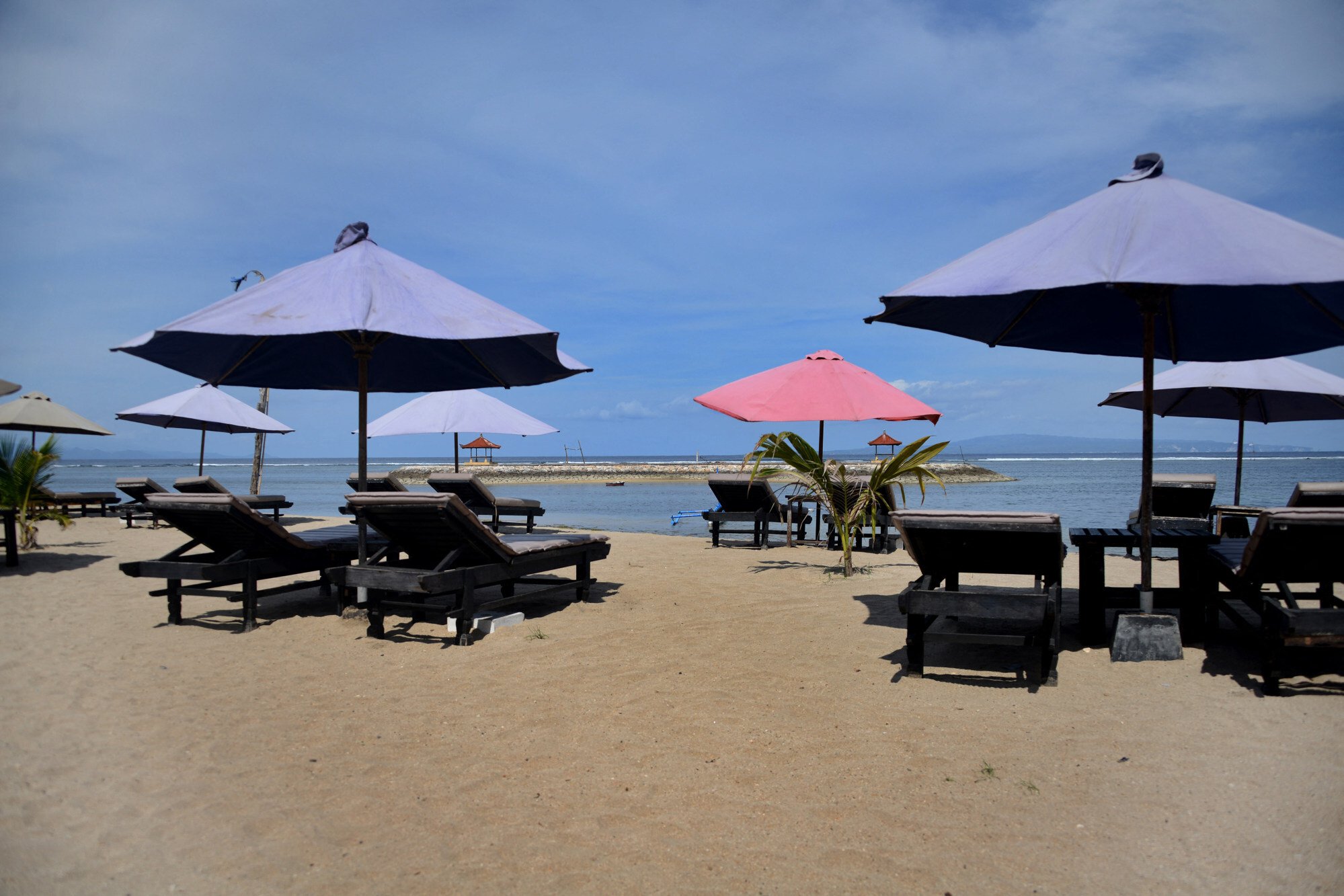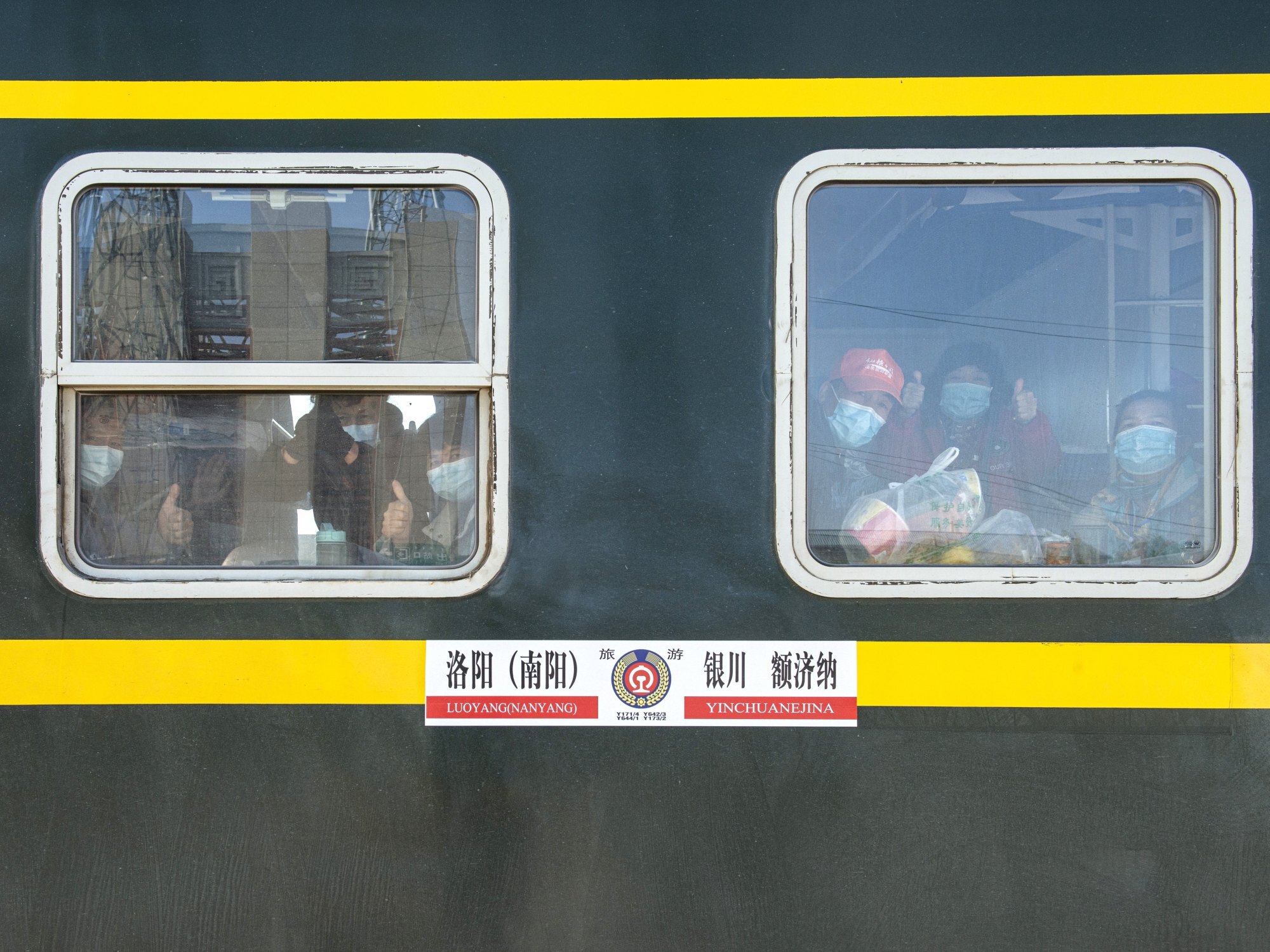
Thailand travel opens up to vaccinated tourists, but who from Asia is visiting? It might just be the Indians
- Tourists from China, Japan, South Korea, Laos and Cambodia still face a variety of hurdles, from mandatory quarantines on return to outright re-entry bans
- But if Thailand can provide a road map towards a safe reopening for the rest of us to follow, it will not have come a moment too soon
It’s official, Thai tourism is back in business. After 18 long and economically arduous months, the Land of Smiles is getting back to doing what it does best – showing international travellers an excellent time.
Since November 1, vaccinated visitors from 63 “low-risk” countries and territories have been able to enter the kingdom without having to undergo quarantine. And while this might be the norm again for those jetting around Europe, on this side of the world the move is pioneering.
Among those allowed in under the new arrangements are tourists from Australia, France, Hong Kong, New Zealand, the Philippines, Taiwan, Britain and the United States.
“Fully vaccinated visitors from other countries will also be allowed to enter, though only through a tourism sandbox programme which is currently in place in 17 provinces,” reported the Bangkok Post on November 1. “They will be required to quarantine for a full week before being able to travel to other parts of the country.” Unvaccinated arrivals can come, too, but they will have to endure isolation at a hotel for 10 days upon entry.

According to the Bangkok Post, “Hotel bookings, particularly by guests from the 63 countries exempted from quarantine restrictions, are increasing, indicating that the reopening is attracting tourists from all over the world.”
“I’m confident the reopening will greatly benefit the country, especially in the tourism high season that normally lasts into early next year,” Yuthasak Supasorn, governor of the Tourism Authority of Thailand (TAT), told the English-language newspaper. “TAT is now expecting over 1 million tourists to come in the next six months, or about 300,000 per month.”
‘Lockdown’ for Bali’s elephants far worse than anything people suffered
That is a fraction of pre-pandemic numbers, when there were so many travellers – too many, some might argue – that the most in-demand destinations (Maya Bay, we haven’t forgotten about you) closed completely because they couldn’t cope with the influx. In 2019, Thailand received a record 39.8 million visitors, most of them from China, although travellers from Japan, South Korea, India, Laos and Cambodia accounted for an increasing proportion – which could explain why these countries all appear on the low-risk list.
However, it is unlikely that those from Cambodia, China, Laos or Japan will be coming soon, the former three because of the quarantines imposed upon arrivals back into those home countries and the latter because anyone trying to return from Thailand would be subject to an entry ban. South Koreans could feasibly go, but vague re-entry requirements threaten to turn a relaxing Thai break into a headache.
In fact, it is possible that Indians will be the sole representatives from Thailand’s erstwhile largest source markets attending its reopening; something that the TAT is not only aware of but preparing for, hence the modest six-month forecast.
Despite the cautious optimism, Bloomberg calls Thailand’s move “the biggest reopening gamble in Asia”. The newswire notes that, “A successful Thai experiment could help salvage its battered economy and serve as a model for countries wary of a virus resurgence from reopenings” but that there are “fears the wider reopening could worsen the Covid outbreak, with Thailand already reporting” a significant number of new infections.
What China’s decoupling from US could mean for post-pandemic tourism
However, says Bloomberg, “for Thailand’s pandemic-hit economy and millions of people who depend on tourism for a living, it’s never too early for the return of tourists”, regardless of where they come from.
“We’re not expecting the rooms to be full overnight, but it’s a great first step,” John Blanco, general manager of the Capella Bangkok hotel, which opened last October, told Bloomberg. “All countries are taking the same posture – that is, we need to live with Covid. It’s a general theme around the world.”
A general theme in the West, perhaps, but one Asia has, thus far, been reluctant to adopt. If Thailand can provide a road map towards a safe reopening for the rest of us to follow, it will not have come a moment too soon.

Still no international travellers arriving in Bali despite reopening
We’re hoping that Thailand’s reopening goes a little better than Bali’s.
“Two weeks after Bali’s reopening on October 14 to travellers from 19 countries, no international flight has landed at its airport,” Channel News Asia reported on October 31. “As of [October 25], Bali’s Ngurah Rai airport has yet to receive any request from airlines to land there,” the article continued, noting that “If airlines want to land in Bali, ideally they should give a notice of seven to 14 days in advance”.
Airport spokesman Taufan Yudhistira told Channel News Asia: “We cannot predict [when international tourists will arrive], but one thing is for sure, informally or formally the airlines have not filed a request to us.”
As things stand, Bali’s two main source markets, Australia and China, are essentially grounded. However, an Australia-Bali travel bubble is under discussion and, if all goes to plan, Aussies could be sipping cold Bintangs on a Kuta beach by Christmas.
Or next Christmas … who knows!

Inner Mongolian city’s lockdown traps Chinese tourists
Problems associated with travelling during a pandemic, even domestically, were felt recently by Chinese tourists who found themselves subject to a swift lockdown while visiting Inner Mongolia.
“The China-Mongolia border city of Ejin Banner, one of the regions hit the hardest in the latest coronavirus flare-up, issued an emergency notice on Monday that all residents and tourists in the city must stay indoors to prevent Covid-19 from spreading further,” the state-run tabloid Global Times reported on October 25. The city had confirmed 12 new cases the previous day, bringing the total to 43.
On October 29, though, the Xinhua news agency said that transport had been arranged out of the area for some 500 travellers, who left Inner Mongolia on a train for the eastern city of Zhengzhou.
A further reminder – not that any Hongkonger needs it – that not every country is embracing the “living with Covid-19” model.

